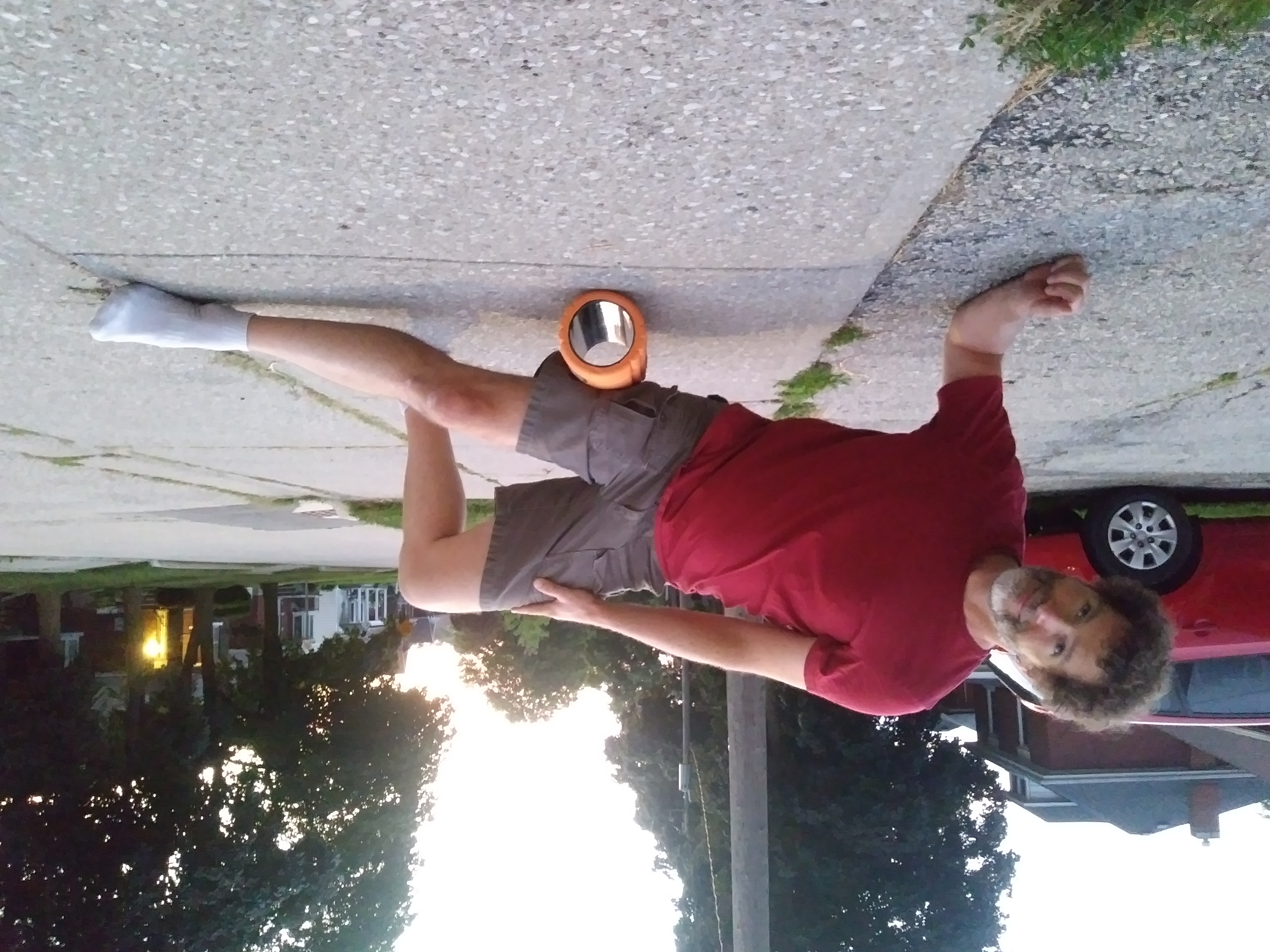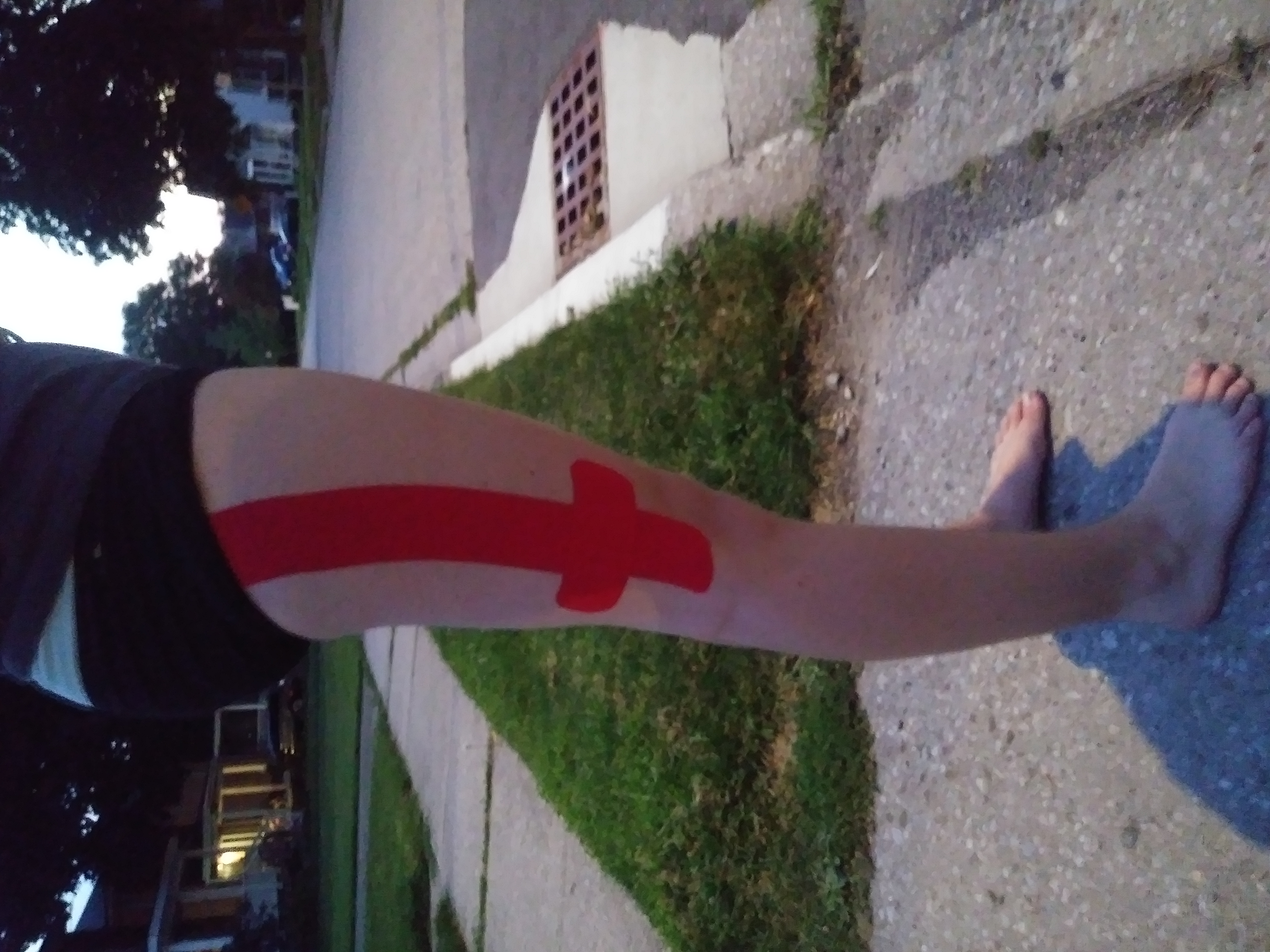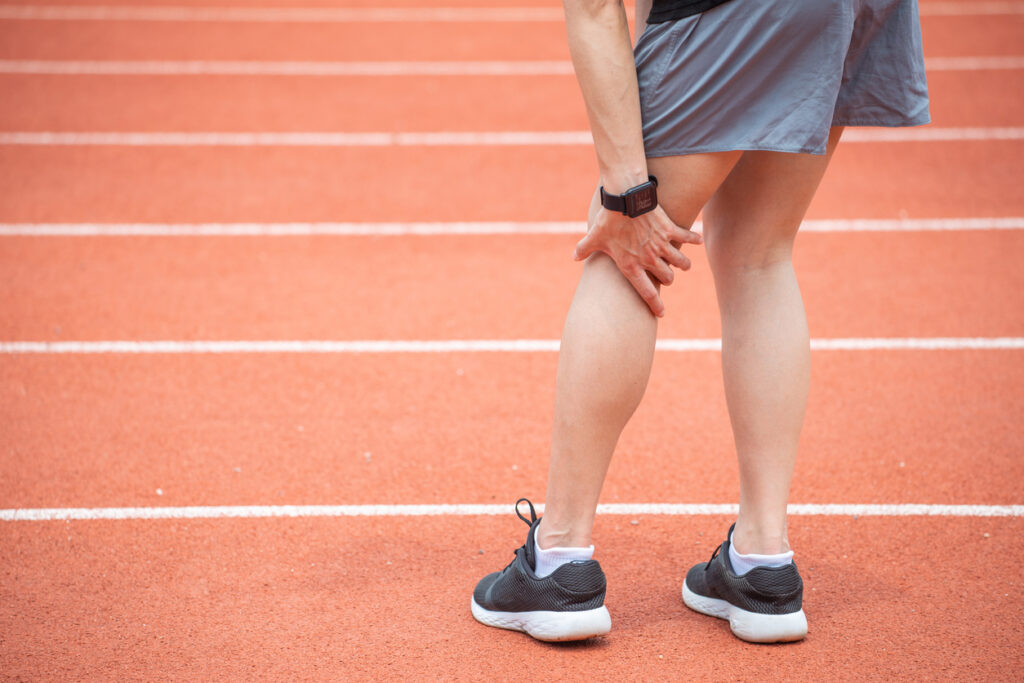Knee pain? Iliotibial Band Syndrome De-Mystified
Have you ever had a niggle in your knee or hip? Weekend warriors or professional athletes, no matter who you are, or you’re level of athleticism, everyone eventually suffers from outer hip and or knee pain. Approximately 25% of overuse injuries occur in the knee, and Iliotibial Band (ITB) Syndrome is one of the most common of these injuries.
The ITB starts on the bony crest of your hips, where your belt rests, blends in with your Gluteus Maximus and your Tensor Fascia Latae (TFL). Then it attaches to the front and slightly to the outside of your knee. The ITB plays a major role in stabilizing your legs while running. When you walk, run, or cycle, the ITB slides forwards and backward across a narrow point of bone on your knee. This repetitive movement can cause friction, especially when your foot strikes the ground while running, and can become inflamed with overuse.
The most common causes of ITB Syndrome is altered biomechanics due to underlying muscular imbalances (too weak or too tight), increasing distance too much in a short period of time, ground impact issues, or sitting for prolonged periods at your desk or in your car.
Some of the most common causes include:
- Running technique – knees collapse inward, hips externally rotated
- Weak gluteal, hip rotators, inner quadriceps, core stabilizers
- Hyper or collapsed arches
- Worn out runners
- A sudden increase in intensity or distances
- Excessive hill training
- Long-distance running ie ½ marathon, full marathon, ultramarathon
What are the symptoms of Iliotibial Band Syndrome:
ITB friction syndrome can vary in severity. Some of the most common symptoms are:
- Sharp and or burning pain on the outer lower part of your knee
- Pain becomes worse with repetitive activities like running
- Swelling on the outside of your knee
- Pain during the early stages of bending your knee
Ways to resolve and prevent ITB syndrome from returning:
- Unload your IT band with taping and foam rolling
- Modify your training regime by reducing intensity, distances, and varying movements
- Improve hip joint mobility
- Strengthen your hip and knee stabilizing muscles
- Increase the muscle length of your lower limbs
- Improve your proprioception, agility, and balance
- Work on correcting your running, cycling, and landing technique


If your symptoms are persistent for one or two weeks after making corrections to your technique and balancing key muscle groups. Seek an assessment with a sports Massage Therapist, Athletic Therapist, or Physiotherapist to diagnose the underlying issues.
More taping applications here
